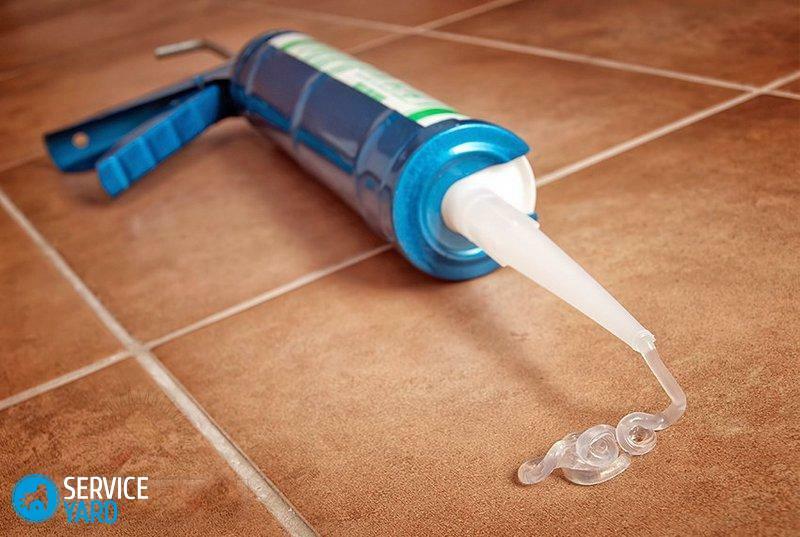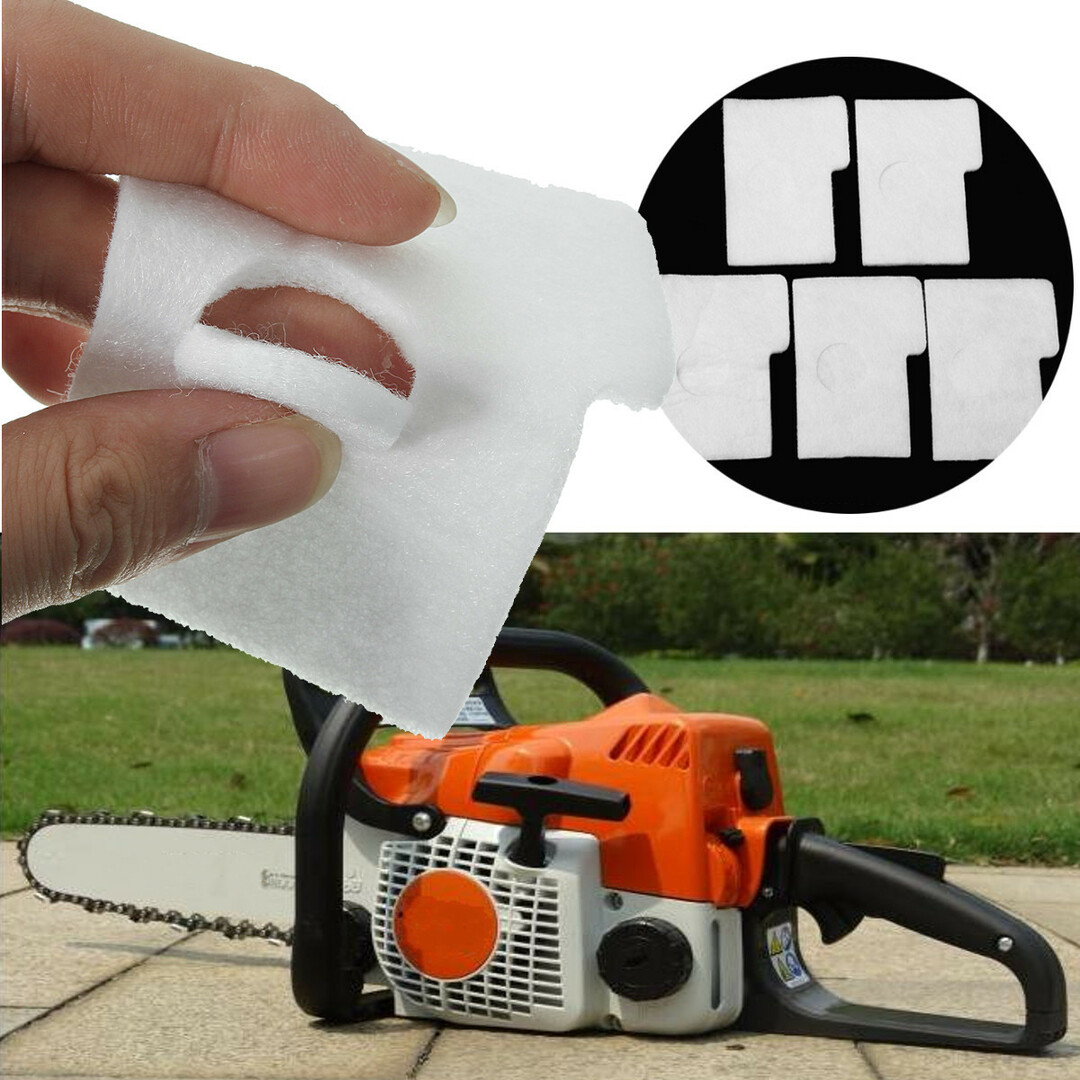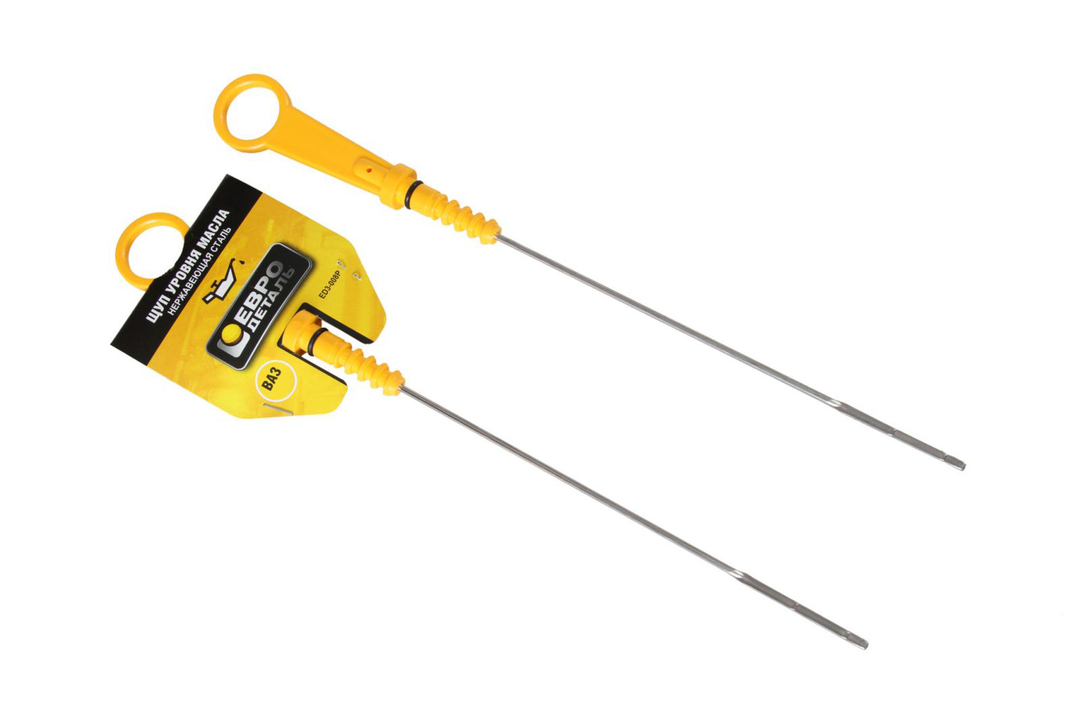
- Why seal?
- Best Sealant for Bathroom
- Tips for sealing seams in bathrooms and showers
- Self-sealing joints
The bathroom is the part in a house in which there is always high humidity. In fact, every person likes to take a hot bath or shower. In connection with the allocation of steam, condensation occurs, moisture and dampness appear. That is why when repairing this part of the house, it is worth paying the greatest attention to the sealing of seams near shower cabins and bathing devices. And here the question arises, which sealant is better for a shower cabin? With him, we will understand this article.
to the contents ↑Why seal?
Sealing joints to protect you from moisture on the concrete foundation, foundation and walls. If this procedure is not carried out, then, with a permanent effect of moisture even on such a solid and durable material as concrete, it will eventually come to an unfit state. To prevent this, it is necessary to protect the walls and the floor. For this purpose, special sealants are used for the shower enclosure.
Important! Sealant is a material of pasty consistency, which is used for a strong joint of seams in various spheres. It is often used in construction, in plumbing, in the installation of boilers and heating systems, for rooms with high humidity.
As you have already seen, this material is a tool for wide application, so it is very important to use pasty mass for the purpose for which it is intended. Given the variety of such products in the building materials market, the question arises as to which sealant is best for a shower enclosure.
Using the tips and recommendations below, you can do repairs in the bathroom yourself, without resorting to help from expensive masters.
back to content ↑Best bathroom sealant
When choosing a sealant for a shower enclosure, you should pay attention to the fact that silicone products are the most popular. This is due to the fact that they are used for bathrooms and kitchens, and for a long time protect the walls and floor from unnecessary excess moisture.
Advantages of silicone
Main properties of silicone sealant:
- moisture resistance;
- long service life;
- protection and resistance to various kinds of ultraviolet rays;
- flexibility;
- strength;
- resistance to fungal formations and other harmful microorganisms for which the environment of high humidity and heat in the bathroom is very favorable for reproduction.
Important! When buying a means to seal seams, note that the pasty antibacterial mass is used to install showers, bathtubs, washbasins and toilet bowls. All tubes show images of these objects, which means for what purposes it is suitable.
Composition of a quality solution
The most high-quality versions of this product are made of:
- silicone rubber;
- special unique pigment;
- plasticizer;
- of troxotropic substance;
- fungicide and catalysis.
Important! When deciding which sealant is best for a shower cabin, it is worth giving preference to such means, in which the smallest content of various impurities, and the greatest - pure silicone. In this case, the shrinkage percentage is two. But we must understand that if the product is "100% silicone" - the manufacturer simply makes an advertising move and immediately deceives you. So whether you should trust such products - it's up to you, but it's better to give preference to those companies that honestly prescribe the sealant composition.
Reliable trademarks of
The most common manufacturers who have gained stable trust and consumers - both private craftsmen and professional builders, plumbers:
- Somafix;
- ANTIA;
- STERN;
- Tytan;
- Ceresit.
Important! All silicone sealants containing a fungicide are excellent for use in the bathroom. This is due to the fact that this tool additionally protects against the appearance of various types of fungus and mold.
Types
The modern market offers every buyer an acid and neutral sealant. We advise you to stop your choice on the second option, since it has a large field of application and it does not have a sharp specific odor. And the way of using such compounds is much simpler, that is, if you do not have special skills in working with such materials, you will not have to experience any difficulties.
Important! In some cases, to seal the joints I use aquarium silicone.
to the contents ↑Tips for sealing joints in bathrooms and showers
Have you already chosen and purchased a sealant for the shower enclosure? Now we can proceed to the work itself. However, at this very moment there are many questions about how to do this, what to look for and what other means will be needed. So, let's deal with all these questions.
Tools
To seal seams in rooms with high humidity you will need:
- pasty moisture repellent material;
- rags;
- sealing cord.

Preparation:
- Before starting to do this procedure, it is necessary to prepare the working surfaces, namely to clean them from dust and dirt.
- Do not use large amounts of water to prevent it from entering the seams.
- Cleaning should be done immediately before sealing joints.
- Regardless of the type of sealant, all joints must be dry.
Remove the old sealant:
- If you need to remove old moisture repellent, then you should use sandpaper or a small piece of wire. In some cases, a brush with a metal bristle is used.
- Glass and plastic surfaces, as well as metal plates are wiped with various liquids containing alcohol in the composition.
- All surfaces after cleaning, it is recommended to wipe off with a lint-free cotton cloth.
How do I remove the sealant from the shower tray?
Often, there are cases when it is necessary to remove the old substance, which already improperly protects the surfaces from moisture penetration into the joints. The sealant for the shower enclosure from the pallet is removed with the help of any building solvent:
- One of the best means for removing the old, old sealant is white spirit. To perform the procedure, you need to dip the rag into the solvent and apply to the joint with the remnants of the old remedy. Removal occurs when rubbing the solvent and cleaning with a blade.
Important! Removal of old moisture-proofing agents from glass and ceramics also occurs with the help of solvents.
- From the handy tools for removing pasty viscous mass, brush blades, salt and sand are used. However, you should pay attention to the fact that in this way, you can damage, scratch the surface.
- To speed up the process, you can use a special modern remover of silicone sealant. It is desirable, if this tool will be produced by the same manufacturer as the previous sealing compound. Then 100% result of quick cleaning of the required surface is guaranteed. But all this is possible provided that you are ready to invest additional funds, since such washes are not always cheap.
Important! All means to protect the joints, regardless of the composition, are used at a temperature of 5 to 40 degrees Celsius. The substance itself should be at room temperature.
to the contents ↑We seal the seams ourselves
You have already determined which sealant is better for the shower cabin, you have purchased it and now you are ready to work. In this part, we will tell you about the sequence of actions for sealing all the seams.
The sealant for the shower enclosure is extracted from the tube with a sharp, thin tip with a slight pressure or when the balloon is turned upside down - if the sealant is supplied in a metal can.
Important! The procedure for sealing seams should be done fairly quickly, as the sealant for a short time freezes.
Instructions for sealing seams with various sealants:
- Clean and dry all surfaces on which you will work.
- According to the specific instructions and technology, assemble the shower enclosure. All the actions to collect this object should be accompanied by smearing joints with a sealant. So, when installing and securing the side walls and concrete structure, use a moisture-proofing device.
- In case of excess silicone mass, it is recommended to remove it with a cotton cloth.
- Next, we seal the seams from the front side of the cab to take a vertical shower. For this action, we need a special sealing cord. It is necessary for insertion into the junction of the frame.
- Again, apply a paste-like mass from the tube.
- Wait until the sealant for the shower has dried.
- After a day, check all the seams. To do this, direct a strong jet of water to all surfaces that have been treated. Most likely, the seams are not completely sealed
- Repeat the procedure and check again.
Important! Sealing joints occurs in two stages. This is due to the fact that during the first procedure it is impossible to see all the joints and seal them properly.
We told you about what sealant is better for a shower cabin and how to use it. However, do not forget about safety measures - work in gloves and make sure that the silicone does not get on the skin or eyes.



